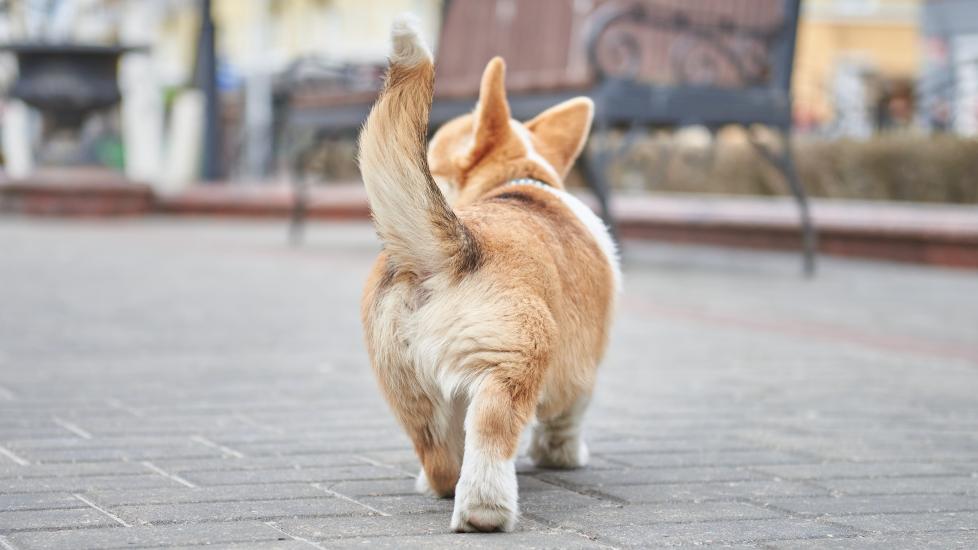In the enchanting world of our four-legged companions, one behavior stands out as a universal language that transcends all breeds and cultures: the tail wag. This seemingly simple act is in fact a complex interplay of emotions, instincts, and communication. Understanding why dogs wag their tails not only deepens our bond with these lovable creatures but also provides insights into their inner worlds. Let’s delve into this fascinating canine quirk together!
At its most basic level, a wagging tail indicates excitement or arousal in dogs. When your furry friend greets you at the door with an enthusiastic wag, it means they are happy to see you—a reflection of their pack mentality and desire for social interaction. Tail wags serve as signals within dog society; by varying the speed, height, and direction of their tails, dogs communicate dominance, submission, fear, playfulness, and more. A slow side-to-side wag might mean “I want to play” while a rapid back-and-forth motion could signal anxiety or aggression.
However, the reasons behind a dog’s tail movement go beyond mere signaling. Research has shown that there may be physiological factors at work too. In 2013, scientists discovered that when dogs get excited (as indicated by vigorous tail wagging), oxytocin levels increase significantly in both them and their human handlers. Oxytocin, often dubbed the ‘love hormone’ due to its role in fostering feelings of trust and bonding, plays a crucial part in strengthening the emotional attachment between humans and their pets. This suggests that tail wagging isn’t just about conveying messages; it’s also a biological mechanism that reinforces the special connection we share with our canine friends.
Moreover, recent studies have revealed another intriguing aspect regarding why dogs wag their tails. It turns out that the left and right sides of a dog’s brain control different types of emotion processing. When a dog sees something pleasant or positive, such as their favorite toy or treat, activity tends to increase on the left side of the brain. Conversely, if they encounter something potentially threatening or negative, like a stranger approaching aggressively, the right hemisphere becomes more active. And guess what happens during these moments? The tail starts wagging! This asymmetry in brain function leads to corresponding movements in the tail that may help other animals interpret a dog’s mental state quickly and accurately.
Training sessions provide yet another context where tail wagging reveals valuable information. Veterinary behaviorists believe that a dog’s tail position during commands can indicate how well they understand instructions. For instance, some dogs hold their tails high when they anticipate praise after successfully completing a task; others lower theirs submissively when confused or unsure about what action to take next. By paying attention to these subtle cues from Fido’s tail tip, pet owners can fine-tune their training methods and create a stronger learning environment tailored specifically to each individual pup’s needs.
In conclusion, whether it’s through joyful greetings, emotional bonding, or effective communication during training sessions, every wag tells a story worth listening to. Our beloved pooches use their tails as tools for self-expression and interspecies dialogue alike. So next time Rover gives us his signature swish upon entering the room, let’s appreciate all the unspoken sentiments conveyed by those graceful arcs across space – affectionate hellos included!
